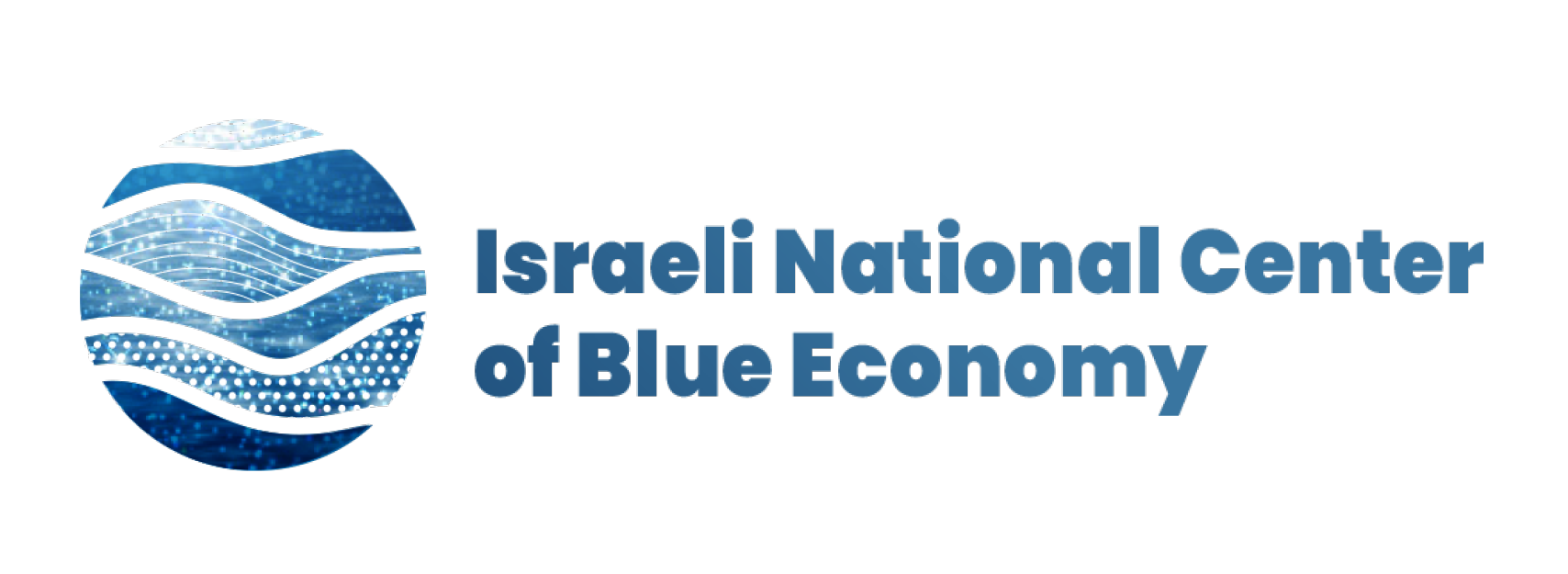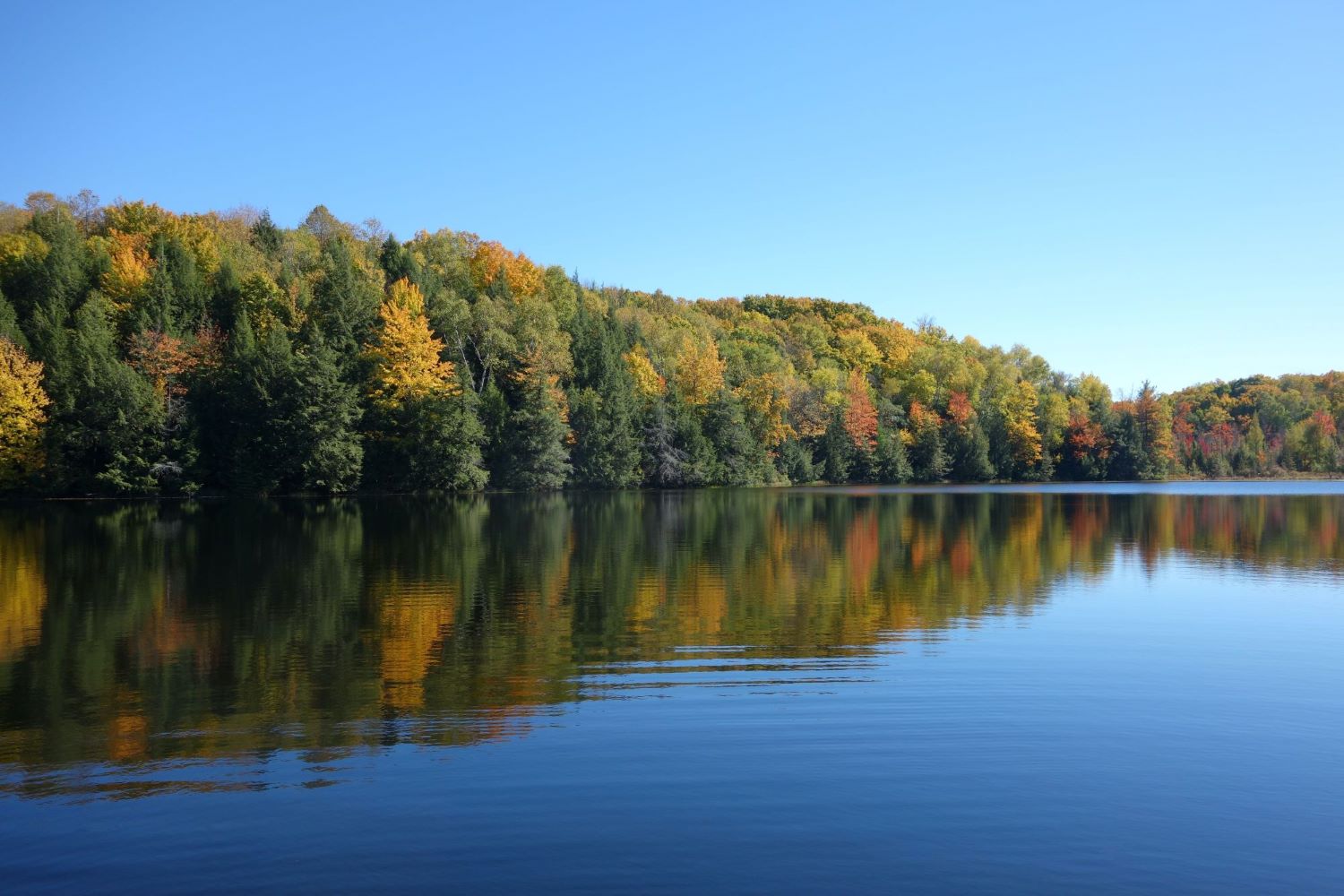carbon
Transforming Global Emissions through Technology
Carbon, a fundamental element in our environment, plays a critical role in regulating Earth’s systems. However, human activities have disrupted the carbon cycle, primarily through the combustion of fossil fuels, leading to alarming levels of greenhouse gas emissions. These emissions contribute significantly to global warming, with fossil fuels alone responsible for 75% of global greenhouse gas emissions. The consequences, from ocean acidification to disrupted ecosystems, underscore the urgent need for innovative solutions to mitigate climate change.
The carbon cycle is a complex interplay of processes which regulates the movement of carbon between various reservoirs on Earth. Human activities such as burning fossil fuels and deforestation have accelerated carbon’s movement, disrupting natural cycles. The repercussions are evident in the rising concentrations of carbon dioxide in the atmosphere, driving unprecedented global warming trends since the Industrial Revolution.
Current Trends in carbon
Innovation Driving Change
The growing urgency to mitigate climate change has driven the development of innovative technologies aimed at reducing atmospheric carbon dioxide (CO2) levels. Covering over 70% of the Earth’s surface, oceans play a crucial role in carbon cycling and storage. Harnessing their potential through new technologies offers a promising avenue in the fight against climate change. Here are some of the latest trends in ocean-related carbon technology:
A global perspective on the carbon industry
innovative carbon practises
Ocean-Based Carbon Capture and Storage (CCS) Ocean-based CCS involves capturing CO2 emissions from industrial sources and transporting them to offshore sites where they are injected into deep-sea geological formations. These formations can securely store CO2 for centuries. Advances in this field include improved monitoring techniques, such as seafloor seismic imaging, which enhance the safety and efficacy of CO2 storage.
Blue Carbon Ecosystems Restoration Blue carbon ecosystems, including mangroves, salt marshes, and seagrasses, sequester significant amounts of carbon in their biomass and sediment. Restoration and conservation of these habitats are gaining momentum as effective carbon sequestration strategies. Recent innovations include drone technology for planting mangroves and genetic research to develop more resilient plant varieties that can better adapt to changing environmental conditions.
Ocean Fertilization Ocean fertilization involves adding nutrients, such as iron, to ocean waters to stimulate the growth of phytoplankton. These microscopic plants absorb CO2 during photosynthesis and, when they die, sink to the ocean floor, effectively sequestering the carbon. Although controversial due to potential ecological side effects, advances in controlled, small-scale fertilization experiments are helping to refine and better understand this approach’s viability.
Artificial Upwelling Artificial upwelling systems bring nutrient-rich deep ocean water to the surface to enhance phytoplankton growth and CO2 absorption. Recent technological advancements include the development of energy-efficient pumps and systems that can operate in deep-sea environments. These systems are designed to minimize disruption to marine ecosystems while maximizing carbon sequestration.
Algae-Based Carbon Sequestration Macroalgae (seaweed) farming is emerging as a dual-purpose approach, providing both sustainable food and biofuel while sequestering carbon. Large-scale seaweed farms absorb CO2 as they grow, and when harvested, can be used to produce biofuels, bioplastics, and other products. Innovations in this sector include selective breeding for fast-growing, high-biomass algae strains and the use of advanced aquaculture techniques to optimize growth conditions.
Marine Carbon Accounting and Verification Accurate measurement and verification of oceanic carbon sequestration are essential for the credibility of these technologies. New tools and methodologies, such as autonomous underwater vehicles (AUVs) equipped with sensors and machine learning algorithms, are being developed to monitor carbon fluxes in the ocean. These advancements ensure the reliability of carbon offset credits generated from ocean-based projects.
Enhanced Weathering Enhanced weathering involves dispersing finely ground minerals, such as olivine, into the ocean to accelerate the natural process of carbon dioxide absorption through chemical reactions. This technique has gained attention for its potential to lock away vast amounts of CO2 over long timescales. Research is focusing on optimizing mineral particle size and dispersion methods to maximize efficiency while minimizing ecological impacts.
Paving the Way Forward
International efforts such as the Paris Agreement and initiatives by organizations such as the World Meteorological Organization (WMO) and the Intergovernmental Panel on Climate Change (IPCC) emphasize the importance of collective action in addressing climate change.
Reducing carbon emissions can only be achieved through global efforts, international cooperation, strong regulation on the subject, alongside alternatives that will enable the transition to reducing carbon emissions.
It is necessary to invest in research and technologies that will speed up the transition in order to provide solutions for the future.
The intersection of ocean science and carbon technology holds significant promise for addressing climate change. While these emerging trends offer innovative solutions, they also require careful consideration of ecological impacts and strong regulatory frameworks.




